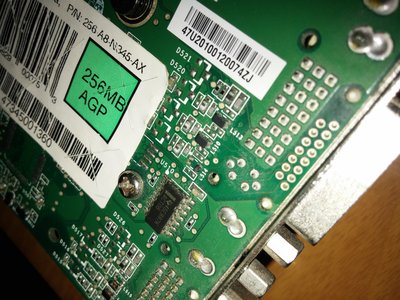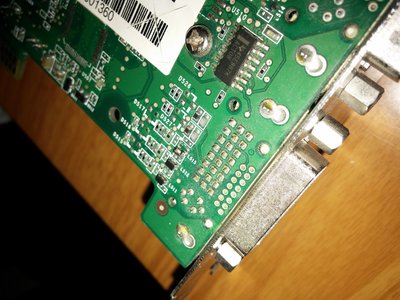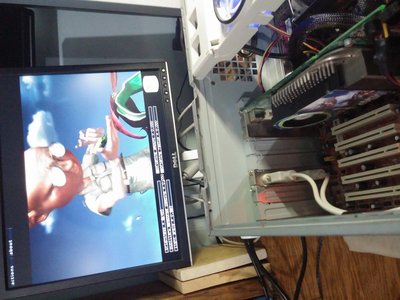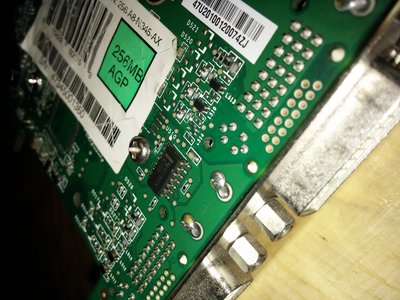First post, by Ozzuneoj
- Rank
- l33t
I've personally never seen a problem like this and Google searches are turning up nothing. I recently obtained an eVGA 6800 Ultra AGP and the card works beautifully but using DVI to VGA adapters results in severely discolored output. It isn't a software issue as the discoloration starts as soon as the monitor turns on after POST. Using a DVI cable produces a flawless picture.
The card has two DVI-I outputs. Strangely, if I use the adapter on one DVI output the image appears to have no blue (it is very greenish yellow) and if I use the other DVI output it has no red (it is very blue). I've tried a couple DVI to VGA adapters on an LCD and a CRT. The LCD looks great on the same card with a DVI cable.
System specs:
Abit NF7-S 2.0, Athlon XP 1700+ at 2Ghz, 2GB DDR 400, WinXP, 80GB Maxtor ATA-133, Seasonic 550HT power supply (80plus rated, 30a on +5v, 4 good 12v rails). I tried a BFG 6800 GS on the same system and it works perfectly with the same monitors and adapters over VGA.
Anyone have any ideas as to what would cause this? I've only ever seen a bad monitor or loose cable do this. Is it likely that something is fried on the card? Thinking about it now, I'm wondering if there's physical damage to the analog pins in the DVI ports but it seems unlikely that both would be damaged.
EDIT: Ended up being a couple of broken SMD filter inductors which were easy to repair... see this post: Re: Discolored output when using DVI to VGA adapter on 6800 Ultra.
Now for some blitting from the back buffer.



